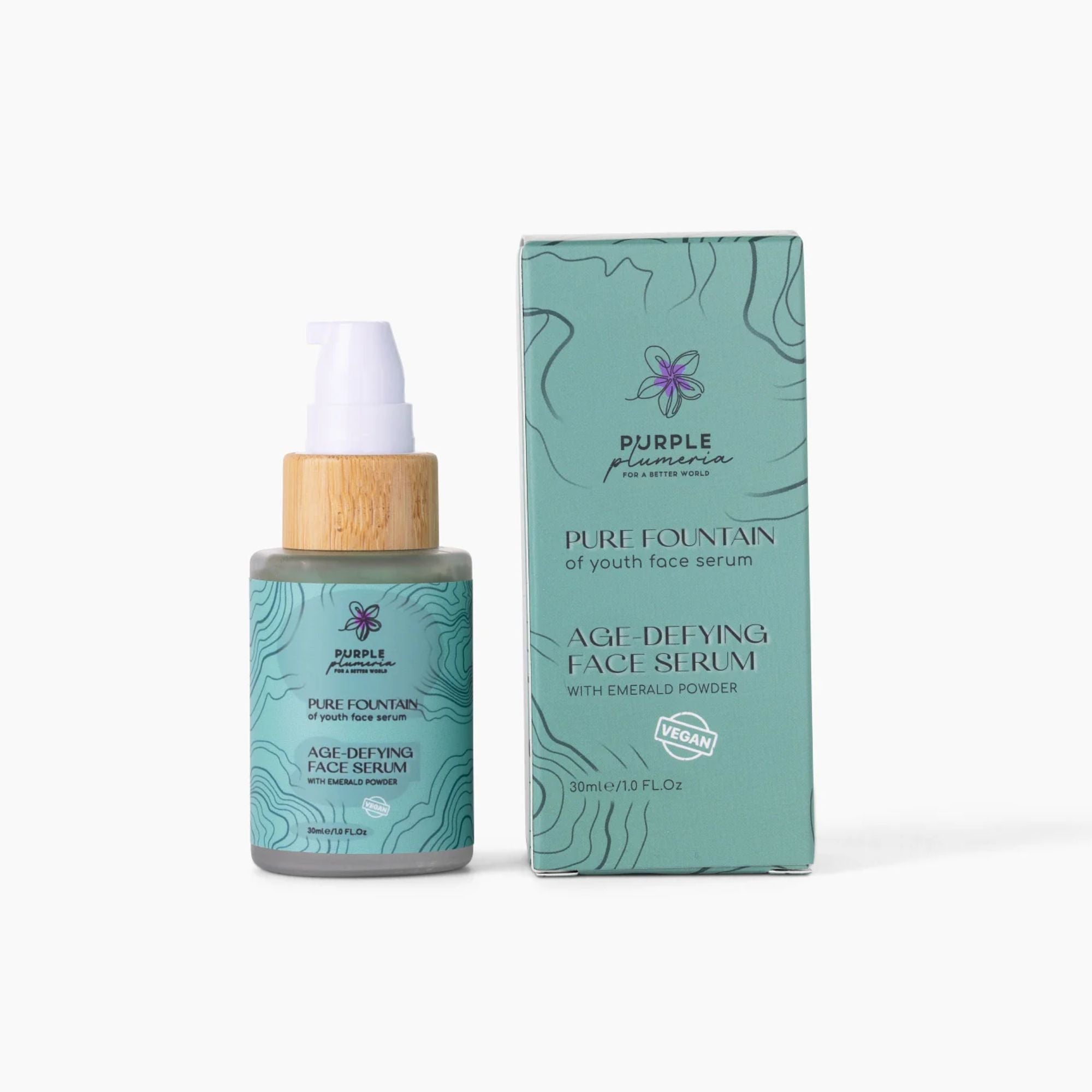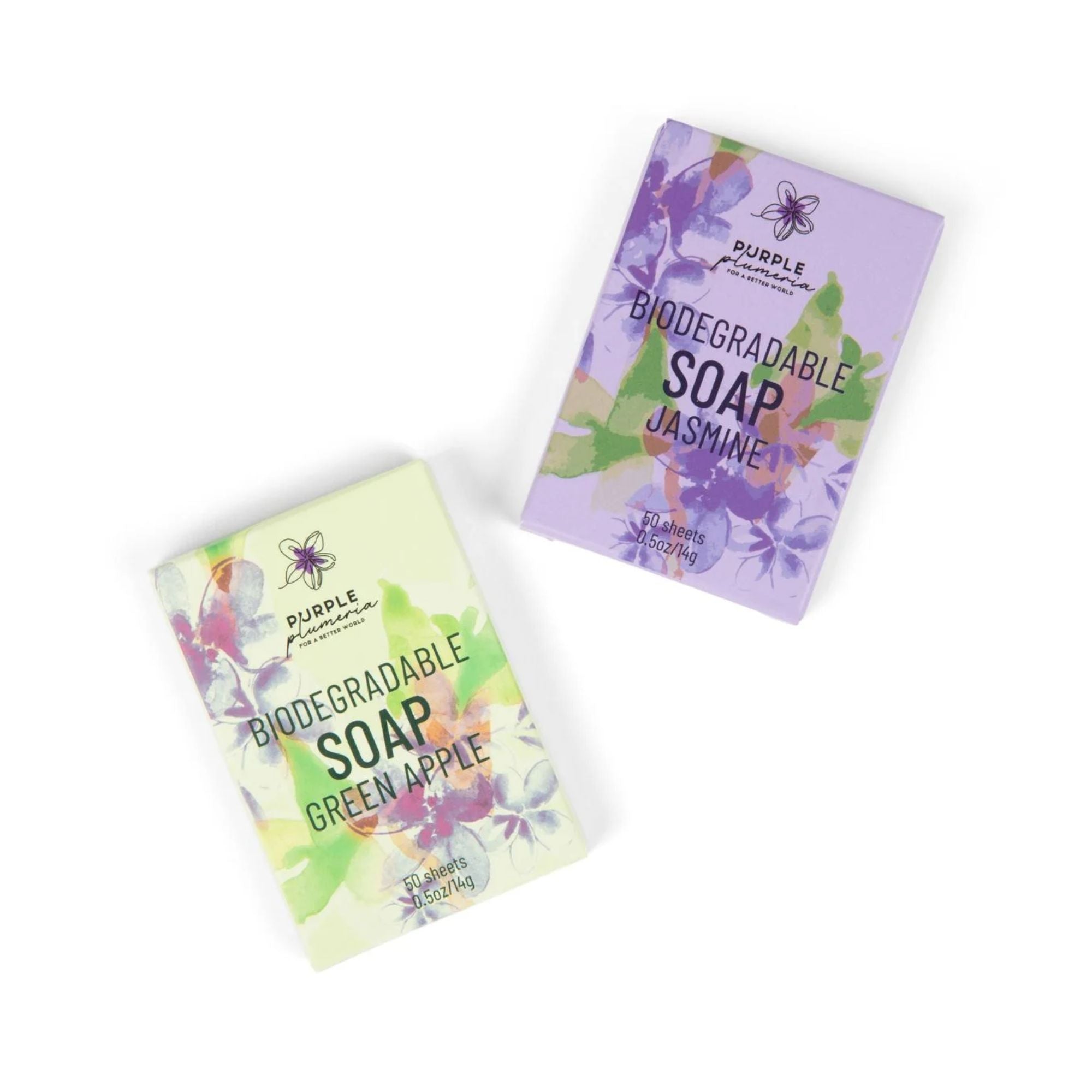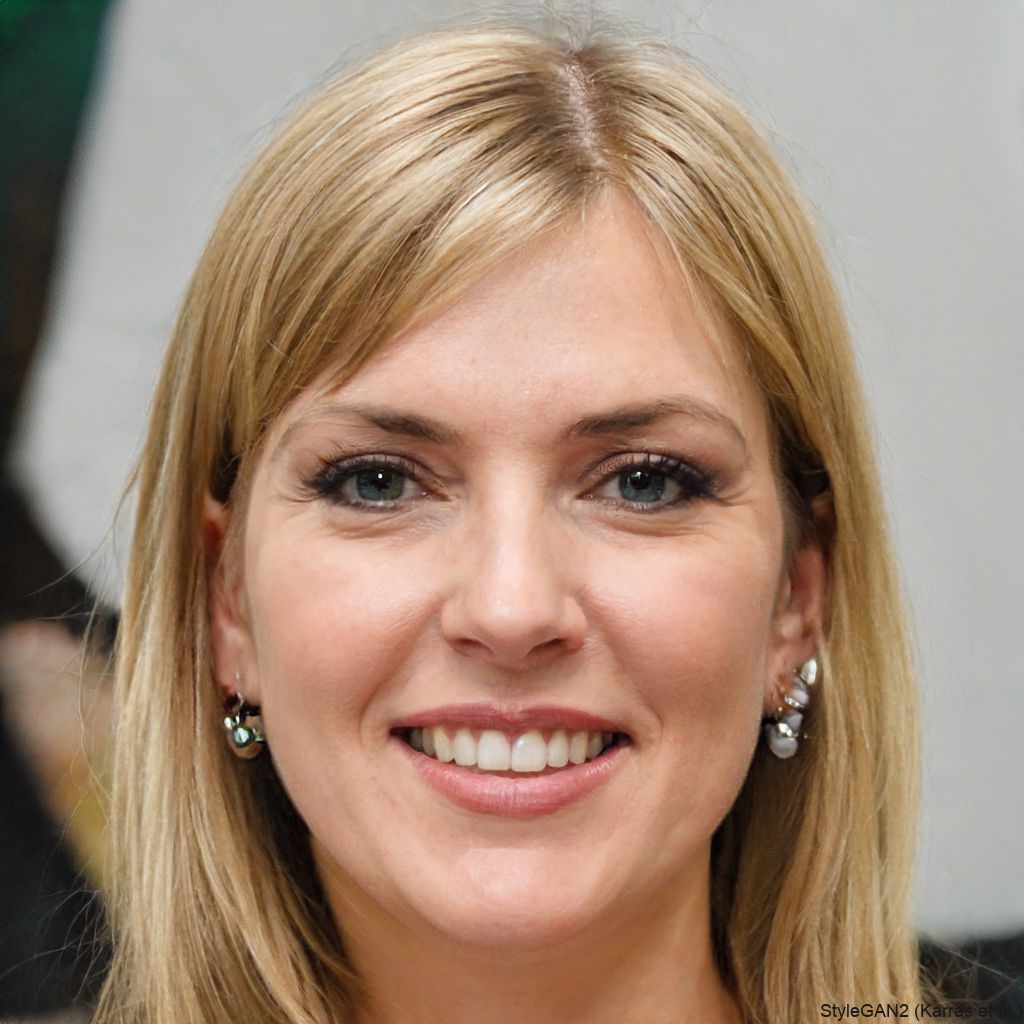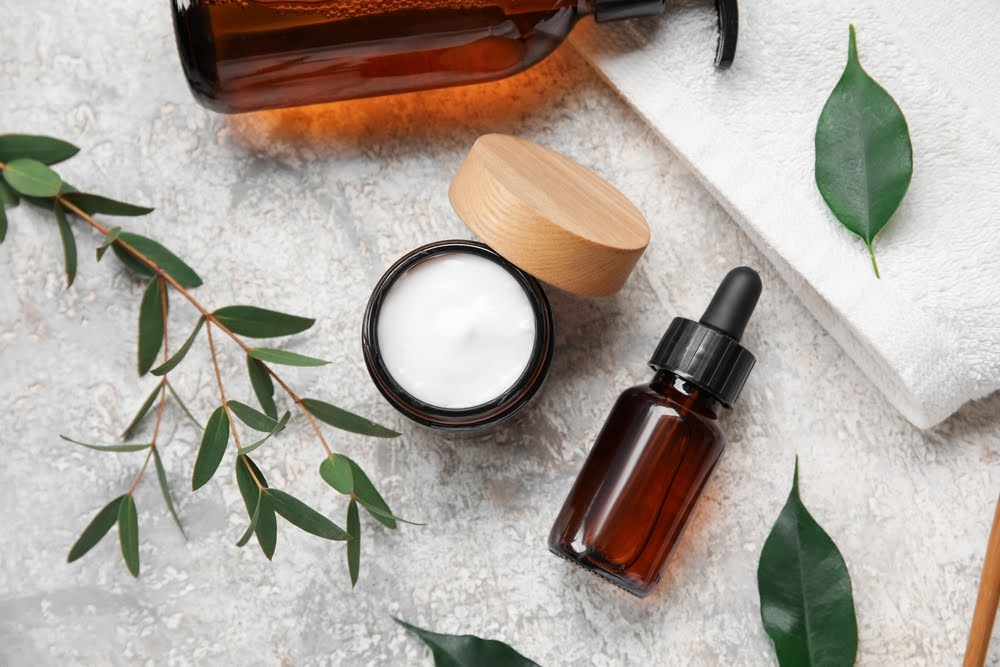In recent years, the term clean beauty has surged in popularity, appearing on product labels, social media feeds, and beauty blogs.
But what does it truly mean? Is it a marketing gimmick or a genuine shift towards healthier, more sustainable products?
With the Internet’s tendency to obsess over certain niches and follow different trends, it’s important to discern between what is a fad and what is actually worth your time and attention.
Let's delve into the essence of clean beauty and uncover the reality behind this buzzword.
A Movement, Not Just a Label
Clean beauty isn't just a trend; it's a movement driven by consumers seeking transparency and safety in their personal care products.
Unlike traditional beauty products, which may contain a myriad of synthetic chemicals, clean beauty emphasizes ingredients that are safe for both humans and the environment, mostly derived from nature.
This shift reflects a growing awareness of the impact that product ingredients have on our health and the planet.
Ingredient Awareness: The Heart of the Concept
At the core of clean beauty is a focus on ingredient transparency. Consumers are becoming more vigilant about what they apply to their skin.
This has led to an increased demand for products like Island Breeze Natural Body Lotion, which are free from harmful substances like parabens, sulfates, and phthalates.
However, it's essential to understand that clean beauty doesn't equate to chemical-free. Instead, it prioritizes the use of safe, non-toxic ingredients, whether natural or synthetic, that have been thoroughly vetted for safety.
Another important aspect of clean beauty is understanding what the ingredients actually are, what they do, and how they can benefit or harm your skin and the environment.
Ingredients lists with fewer components and without a bunch of mysterious, difficult-to-understand chemical names are what clean beauty enthusiasts are fighting for.
That’s how it becomes accessible and understandable to everyone, leading to more people being able to make informed decisions about the things that matter.
The Role of Regulation and the Lack Thereof
One of the challenges in the clean beauty movement is the lack of standardized regulations. Different brands and retailers have varying definitions of what constitutes "clean," leading to confusion among consumers.
For instance, while the European Union has banned over 1,300 chemicals in cosmetics, the United States has prohibited only around 30. This disparity underscores the need for clearer guidelines and more stringent regulations to ensure consumer safety.
That’s why this movement surpasses individuals, social media, and the beauty space. It’s a matter of public health, which ties it to public policy. This means that the highest echelon of policymakers has to pitch in and do their part.
Marketing or Meaningful? Decoding the Label
With the rise of clean beauty, many brands have jumped on the bandwagon, using the term as a marketing tool.
This phenomenon, known as "greenwashing," involves making misleading claims about a product's environmental or health benefits.
To navigate this landscape, consumers should look beyond labels and scrutinize ingredient lists, seek third-party certifications, and research brand practices to ensure authenticity.
It’s not enough to settle for a label that says “natural” or simply a greener-looking product. Always turn the product over and check what the formulation says.
If you’re still not well-versed in reading ingredient lists, there are helpful apps that interpret them for you.
Sustainability and Ethics: Often Intertwined, Not Always Guaranteed
Clean beauty often intersects with sustainability and ethical considerations. Many clean beauty brands emphasize eco-friendly packaging, cruelty-free testing, and fair sourcing of ingredients.
However, it's crucial to recognize that not all clean beauty products are inherently sustainable or ethical. Consumers should assess each brand's commitment to these values and consider the entire lifecycle of a product, from sourcing to disposal.
Also, some brands market themselves as cruelty-free in certain countries but sell products in other markets that require animal testing. This means that the products you’re getting may well be cruelty-free, but the brand in its entirety isn’t.
So, if you care about the cause, make sure that the brand fully supports it before giving them your money.
Industry Standards: Are They Helping or Hurting?
Retailers like Sephora and Credo have established their own clean beauty standards, providing consumers with curated selections of products that meet specific criteria.
While these initiatives offer some guidance, the lack of uniformity across different platforms can be confusing.
Consumers need to understand the standards behind these labels and not rely solely on retailer endorsements when making purchasing decisions.
How to Make Informed Choices Without the Hype
Navigating the clean beauty landscape requires a proactive approach. Here are some steps to make informed choices:
1. Read Ingredient Lists: Familiarize yourself with common harmful ingredients and avoid products containing them.
2. Research Brands: Investigate a brand's commitment to transparency, sustainability, and ethical practices.
3. Seek Certifications: Look for third-party certifications that validate a product's claims.
4. Personalize Your Routine: Understand your skin's unique needs and choose beauty products that align with your values and health requirements.
The Bottom Line: Transparency Over Perfection
Clean beauty is more than a label; it's a commitment to transparency, safety, and environmental responsibility.
While the industry still faces challenges, such as inconsistent standards and greenwashing, consumers have the power to drive change through informed choices.
By prioritizing transparency over perfection, we can support eco-friendly brands that genuinely align with our values and contribute to a healthier, more sustainable beauty industry.
Discover Eco-Friendly Self-Care with Purple Plumeria
Ready to embrace clean beauty in your daily routine? At Purple Plumeria, we offer a range of sustainable products designed with your health and the planet in mind.
From biodegradable soap sheets to vegan body scrubs, our products are crafted with natural ingredients and sustainable practices.
Explore our eco-friendly bath and body collection and take the first step towards a cleaner, greener beauty regimen.







